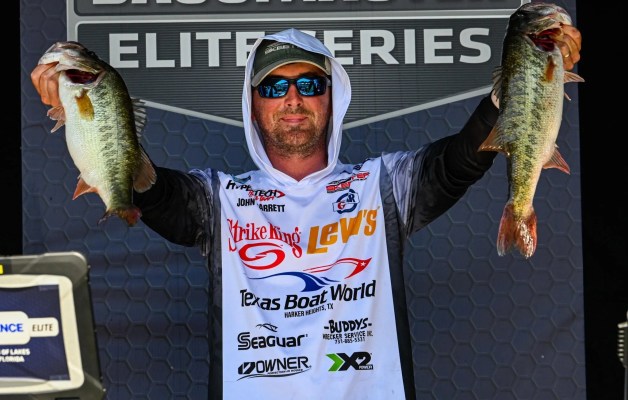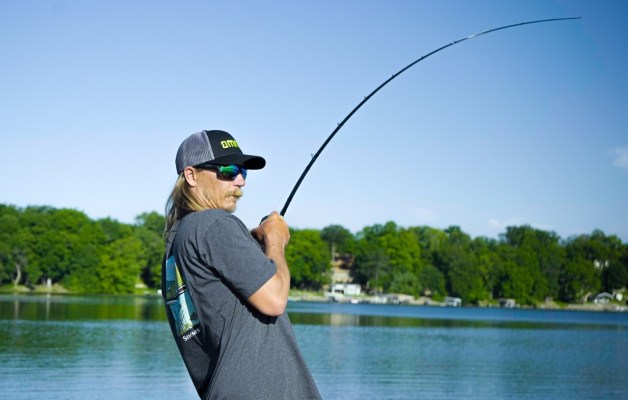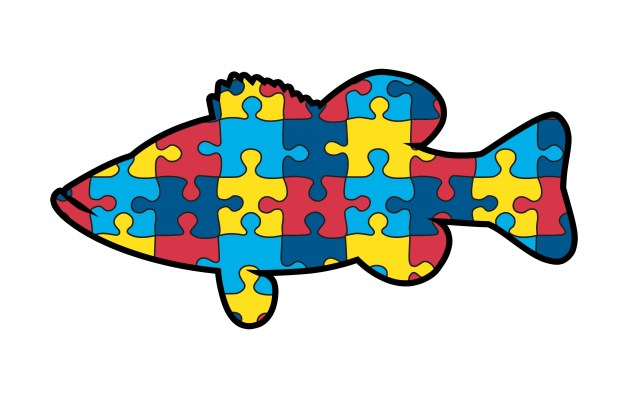Depending upon what part of our country you're fishing, the late fall bite is just around the corner or it's still a few weeks away. Regardless, now's the time to start thinking about it.
You'll recall that we fish the shallows in the early fall. For the most part, the water temperature there is cooler than the water in the main lake. This temperature difference is critical. It's what pulls everything off the main lake — prey and predator.
But that changes as fall deepens and the air temperatures drop the water temperatures. Everything starts to even out. If all the water isn't the same temperature, it's within a degree or two of being the same. At that point, the bass start moving from the shallows towards their main lake wintering areas.
Those wintering areas will be the deepest and most vertical places in the lake. Like I've said many times before, those words are terms of art. In Florida, they might mean a ditch that's only a foot deep. In New York or New Jersey, they might mean an underwater cliff that falls from 6 feet to 100 feet. Nevertheless, both places are the deepest and most vertical places the fish can find.
As they make this move, they'll follow the exact path they traveled a few weeks before. You can find them by starting in the backs of the creeks, bays or cuts and working your way toward the main lake. They will always be somewhere along that path until they reach their final winter destination.
That somewhere will be around hard-bottom areas. They want rock, sand or gravel, and occasionally hardwood stumps or sunken logs. They're not interested in grass or anything that's soft or mushy. Why is a mystery to me, but I know it's true. Decades of chasing bass have taught me that.
Once you find such a place — smart guys mark these spots on their way in — the action can be unbelievable. Bass will often stack up in these areas by the dozens, maybe by the hundreds. They look like massive schools of baitfish rather than schools of predators. It's an awesome thing.
Now, there's a price to be paid for late fall fishing. You won't get to chase a buck this year. That'll have to wait. And you'll have to brave cold winds, icy rain and other late fall discomforts from the deck of your boat. That can be tough.
In my opinion it's worth it. Catching a dozen 3-pound bass on the same number of casts is a memory that lasts a lifetime. I want my share of those memories. Actually, I want more than my share. That's what this sport is all about.
Over the next couple of weeks, I'll bring you up to date on The Bass University and we'll talk lure selection for the late fall period. Until then, tune your crankbaits and fish the shallows.





